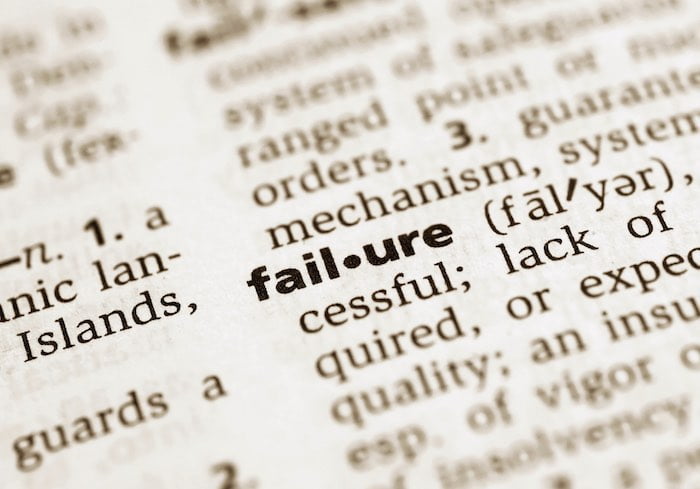7 Times Enclosure Fans will Fail to Cool Your Electrical Components

Fans can be a cost-effective solution to maintaining safe temperatures in an enclosure. However, there are several situations for which enclosure fans will not be able to protect your electrical equipment from excess temperatures.
Maintaining cabinet temperatures consistently within the manufacturer’s specified operating range is essential for proper functioning of electronics, as well as longevity of the equipment. Electrical components are sensitive to heat, and spikes in temperature inside the enclosure may cause premature failure, warping, or breaking of sensitive components, leading to increased downtime, high service repair costs and reduced service life.
Here are seven situations in which fans will fail to keep the temperature inside an electrical enclosure within the manufacturer’s recommended range.
1. High heat load.
The maximum heat generated by each piece of equipment in the enclosure, such as variable frequency drives, power supplies, and transformers, must be added together to calculate the total internal heat load generated. If this amount is too high, the highest capacity fan will not be able to provide the necessary cooling required.
2. High ambient temperatures.
Fans depend on forced air convection to cool the inside of an enclosure. Convection works by transferring heat away from a region of higher temperature to one of lower temperature. If the maximum temperature of the ambient air being blown into the enclosure is too high—for example, if the enclosure is located outdoors in a hot environment or near heat-generating equipment in unventilated machine rooms—the difference between ambient and internal temperature may not be large enough to sufficiently cool the enclosure.
3. Particulate matter.
While a fan may be sufficient to cool an enclosure exposed to some falling debris, locations where large amounts of solid particles, such as paper fibers, cement particles, or coal dust, are being pulled into the enclosure by the fan can clog up the filter, restricting the airflow and making it impossible to maintain the rated cooling capacity.
4. Hazardous environments.
Environments with airborne oil or sticky particles can wreak havoc on sensitive electrical equipment in an enclosure. If allowed inside, such particles can collect on the electronics themselves, leading to heat buildup and premature failure of the components. These contaminants must be excluded from the enclosure by using a closed-loop cooling system, such as an air conditioner or heat exchanger, rather than a forced air fan that brings ambient air inside.
5. Salt and corrosive chemicals.
In a location exposed to salt spray, bleach, sulfur dioxide, or other harsh chemicals, a fan can blow the chemicals straight into the enclosure, where they will react with the metal, causing rust and corrosion. Again, under these conditions, a closed loop system for cooling is required.
6. Extreme weather.
Weatherproof enclosures located outdoors where they may be subject to rain, snow, and ice may be able to rely on a filtered fan cooling system. However, in more extreme climates, as well as in locations where the hot sun may shine directly on the enclosure, a fan may not be able to provide enough cooling capacity to maintain the recommended temperature range.
7. Splashing water.
Enclosures located outdoors close to bodies of water, or in industrial environments where they may be exposed to splashing liquids, or even a direct hose spray for cleaning, must be watertight to protect the electrical equipment. Once again, enclosures in these situations could not rely on a fan for cooling.
For more information about selecting and specifying enclosure fans, as well as other cooling solutions, contact one of our Thermal Edge enclosure cooling specialists.

